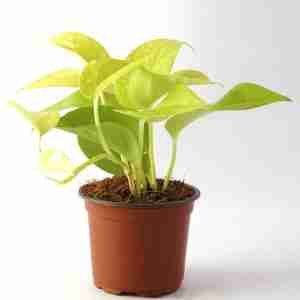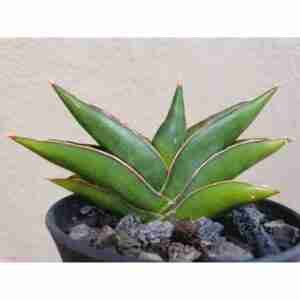Dianthus Baby Doll Mix seeds
Dianthus Baby Doll Mix Seeds produce a delightful variety of compact, fragrant flowers in shades of pink, red, white, and lavender. These dwarf dianthus plants are prized for their charming, fringed petals and sweet, clove-like fragrance. The Baby Doll Mix is a popular choice for garden borders, rock gardens, containers, and cottage-style gardens, adding a splash of soft, romantic color.
Characteristics:
- Flowers: The flowers are typically 1–2 inches (2.5–5 cm) in diameter, with fringed or serrated petals that come in a range of colors including pink, red, white, lavender, and bi-colors. The blooms often feature contrasting centers or eye markings, adding to their visual appeal.
- Fragrance: One of the highlights of the Dianthus Baby Doll Mix seeds are sweet, clove-like fragrance, which makes it an excellent addition to fragrant gardens.
- Height: These dwarf dianthus varieties grow to about 6–8 inches (15–20 cm) tall, making them ideal for smaller spaces and borders.
- Growth Habit: The plants have a compact, bushy growth habit, forming low, mounded clumps of green or blue-green, grass-like foliage.
Sowing and Growing Instructions:
- Light: Dianthus thrives in full sun but can tolerate partial shade, especially in hotter climates. Plant in a location that receives at least 4–6 hours of sunlight daily for the best flower production.
- Soil: They prefer well-draining soil that is slightly alkaline. If the soil is heavy or clay-like, amend it with sand or organic matter to improve drainage. Dianthus does not tolerate waterlogged soil.
- Sowing:
- Indoors: Start seeds indoors 6–8 weeks before the last frost. Sow seeds in seed trays or small pots filled with light, well-draining seed-starting mix. Press the seeds lightly into the soil but do not cover them completely, as they need light to germinate. Keep the soil moist and place the trays in a bright, warm location.
- Outdoors: After the danger of frost has passed and the soil has warmed up, transplant the seedlings into the garden, spacing them about 6 inches (15 cm) apart. You can also direct sow seeds into the garden in early spring.
- Watering: Water regularly but allow the soil to dry slightly between waterings. Overwatering or soggy soil can lead to root rot. Dianthus prefers consistent, moderate moisture.
- Temperature: Dianthus Baby Doll Mix is cool-weather tolerant and thrives in temperatures between 55–75°F (13–24°C). They can handle cooler weather and light frost but may need some protection in extreme heat.
Blooming and Care:
- Flowering: Dianthus Baby Doll Mix blooms profusely from late spring through summer, and in some cases, will continue blooming into fall, especially if deadheaded regularly.
- Deadheading: Remove spent blooms to encourage continuous flowering and maintain a neat appearance.
- Fertilizing: Apply a balanced, water-soluble fertilizer every 4–6 weeks during the growing season to promote healthy growth and abundant blooms. Avoid over-fertilizing, as this can reduce flower production.
Benefits:
- Fragrant Blooms: The clove-like scent of the Baby Doll Mix adds a fragrant element to gardens, making it a lovely addition to pathways, borders, or container gardens where you can enjoy the scent up close.
- Long Bloom Period: With proper care, these dianthus plants will bloom from late spring through fall, providing an extended period of color in the garden.
- Compact Growth: Their dwarf size and tidy growth habit make them ideal for small spaces, containers, and edging along garden paths.
- Pollinator Friendly: Dianthus flowers attract bees, butterflies, and other pollinators, making them a great choice for pollinator-friendly gardens.
Uses:
- Borders and Edging: The compact size and colorful blooms of Dianthus Baby Doll Mix make them perfect for garden borders, edging, or planting along walkways.
- Containers: These dwarf varieties thrive in pots and containers, making them a great option for patios, balconies, or window boxes.
- Rock Gardens: Dianthus thrives in well-drained soil, making it an excellent choice for rock gardens or dry, sunny spots.
- Cottage Gardens: The soft, romantic colors and fragrant blooms make them a perfect addition to cottage-style gardens











Reviews
There are no reviews yet.